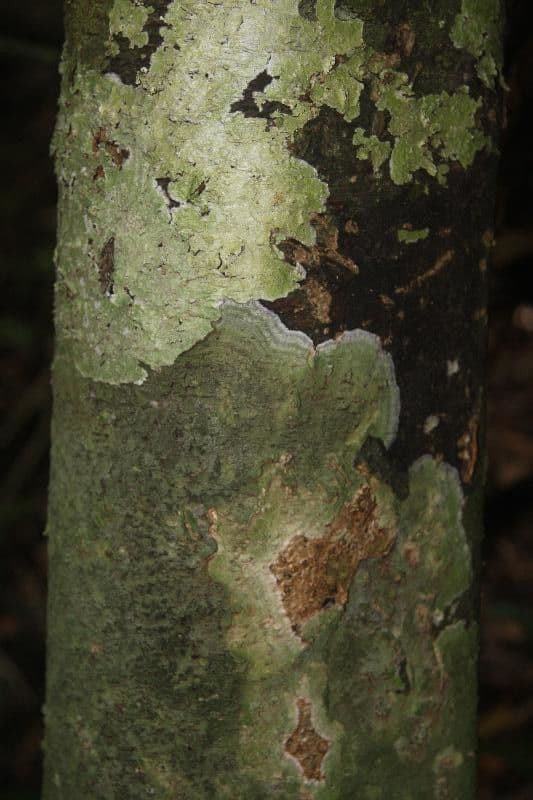Taming the Elephant Foot: Propagating the Rare Rhodostemonodaphne elephantopus
The plant world is full of unusual characters, and the Rhodostemonodaphne elephantopus, nicknamed the “Elephant Foot” plant, is no exception. This intriguing species, native to the cloud forests of the Andes, is a true conversation starter with its thick, leathery leaves clustered around a central stem, resembling, you guessed it, an elephant’s foot! But its beauty isn’t the only captivating thing about this plant. The real challenge lies in its propagation – a task reserved for the patient and dedicated plant enthusiast.
Understanding the Rarity
Before we delve into the how-to, it’s essential to understand why propagating the Elephant Foot plant is considered an achievement. This species is not your average houseplant. In its natural habitat, it thrives in a specific niche with high humidity, cool temperatures, and dappled light, making it a bit of a diva when it comes to its needs. This, coupled with its slow growth rate, makes traditional propagation methods like cuttings somewhat unreliable.
Seeds: A Test of Patience
The most common, and arguably most rewarding, method of propagating the Elephant Foot plant is through seeds. However, be prepared for a long and winding journey:
- Sourcing Seeds: Finding viable seeds can be the first hurdle. Joining online plant communities or specialist nurseries that specialize in rare species is your best bet.
- Mimicking Nature: Recreate the cloud forest environment as best as you can. Sow seeds in a well-draining, slightly acidic soil mix, and place them in a warm, humid environment, like a propagator or a sealed plastic bag.
- The Waiting Game: Germination can take anywhere from a few weeks to several months. Maintaining consistent moisture and warmth is crucial during this period. Remember, patience is key!
- Transplanting Success: Once seedlings are large enough to handle, carefully transplant them into individual pots with a similar soil mix. Gradually acclimate them to lower humidity levels to prevent shock.
Air Layering: A More Advanced Approach
For the more experienced plant parent, air layering offers another, albeit slightly more complex, method:
- Choosing a Stem: Select a healthy, mature stem and make a small upward cut about a third of the way through the stem.
- Encouraging Roots: Dust the wound with rooting hormone and wrap it with moist sphagnum moss, securing it with plastic wrap.
- Patience is Key, Again: Over several weeks, roots will hopefully develop within the moss. Once a substantial root system has formed, cut below the moss and pot the new plantlet.
Challenges and Rewards
Propagating the Rhodostemonodaphne elephantopus is not without its challenges. Maintaining the right humidity levels, preventing fungal diseases due to the damp conditions, and ensuring adequate light can be tricky. However, the reward of witnessing a new plant emerge, a testament to your care and dedication, makes the effort truly worthwhile.
Growing this unique plant from seed or air layering is not for the faint of heart, but for those captivated by its unusual beauty and eager to take on a rewarding challenge, the journey is a deeply satisfying one.

